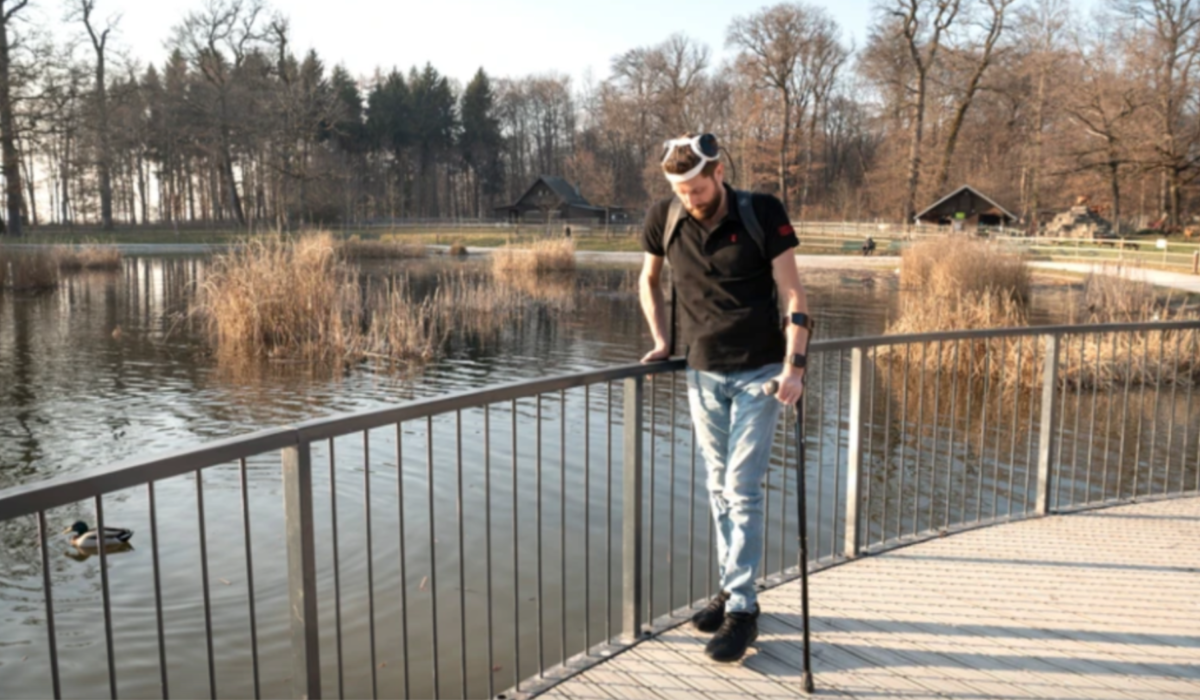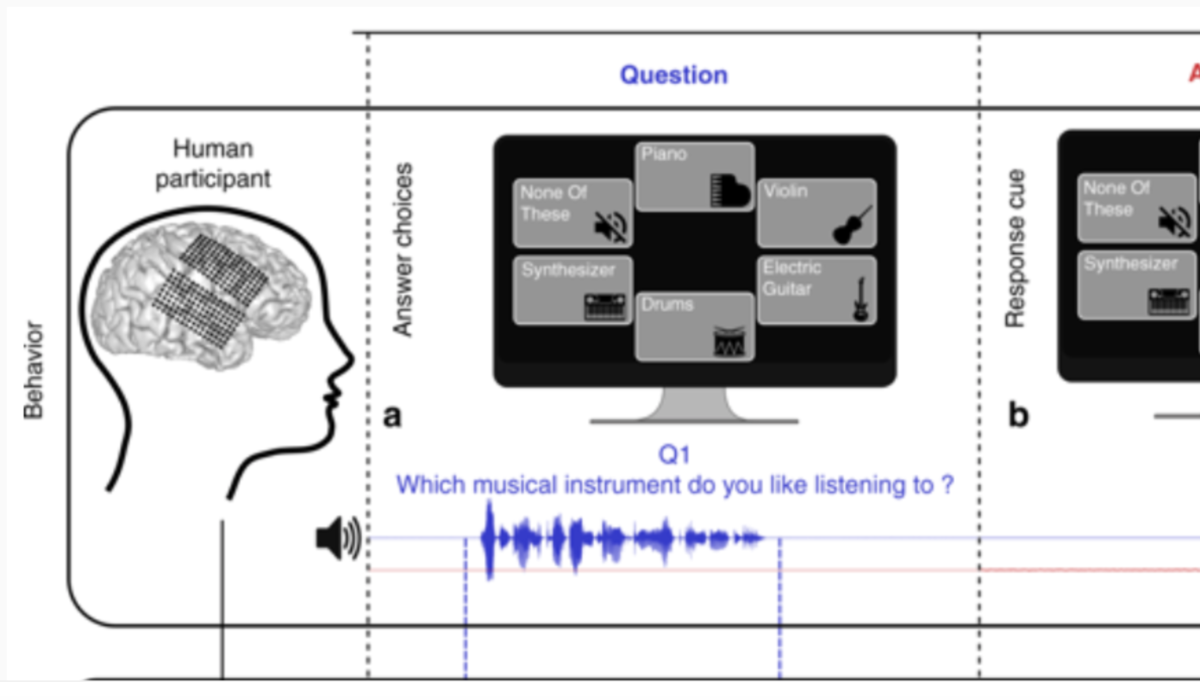EPFL professor Grégoire Courtine has created a “digital bridge” which has allowed a man whose spinal cord damage left him with paraplegia, to walk. The brain–spine interface builds on previous work, which combined intensive training and a lower...
BCI
First US patient receives Synchron endovascular BCI implant
On July 6, 2022, Mount Sinai’s Shahram Majidi threaded Synchron‘s 1.5-inch-long, wire and electrode implant into a blood vessel in the brain of a patient with ALS. The goal is for the patient, who cannot speak or...
Shallow implant plus precise stimulation startup aims to treat depression
Inner Cosmos is a new, shallowly implanted brain stimulation system meant to address depression. It calls its system a “digital pill” but still requires a procedure for electronics to be placed under the skin on...
Nurmikko’s Neurograins can enable unprecedented brain signal recording detail, new therapies
Arto Nurmikko and Brown colleagues have developed BCI system which employs a coordinated network of independent, wireless microscale neural sensors, to record and stimulate brain activity. “Neurograins” independently record electrical pulses made by firing neurons...
BCI reads whole words from thoughts; no virtual keyboard necessary
Edward Changat UCSF, Mark Chevillet at Facebook, and colleagues, have published a studywhere implanted electrodes were used to “read” whole words from thoughts. Previous technology required users to spell words with a virtual keyboard. Subjects listened...
New electrodes, brain signal analysis, for smaller, lower power, wireless BCI
Building on his prior brain-controlled prosthetic work, Stanford’s Krishna Shenoyhas developed a simpler way to study brain electrical activity, which he believes will lead to tiny, low-power, wireless brain sensors that would bring thought-controlled prosthetics into...
Study: Noninvasive BCI improves function in paraplegia
Miguel Nicolelishas developed a non-invasive system for lower-limb neurorehabilitation. Studysubjects wore an EEG headset to record brain activity and detect movement intention. Eight electrodes were attached to each leg, stimulating muscles involved in walking. After...
Thought generated speech
Edward Chang and UCSF colleagues are developing technology that will translate signals from the brain into synthetic speech. The research team believes that the sounds would be nearly as sharp and normal as a real person’s...
Combined BCI + FES system could improve stroke recovery
Jose Millan and EPFL colleagues have combined a brain computer interface with functional electrical stimulation in a system that, in a study, showed the ability to enhance the restoration of limb use after a stroke....
Phillip Alvelda: More intelligent; less artificial | ApplySci @ Stanford
Phillip Alvelda discussed AI and the brain at ApplySci’s recent Wearable Tech + Digital Health + Neurotech Silicon Valley conference at Stanford: Dr. Alvelda will join us again at Wearable Tech + Digital Health...









